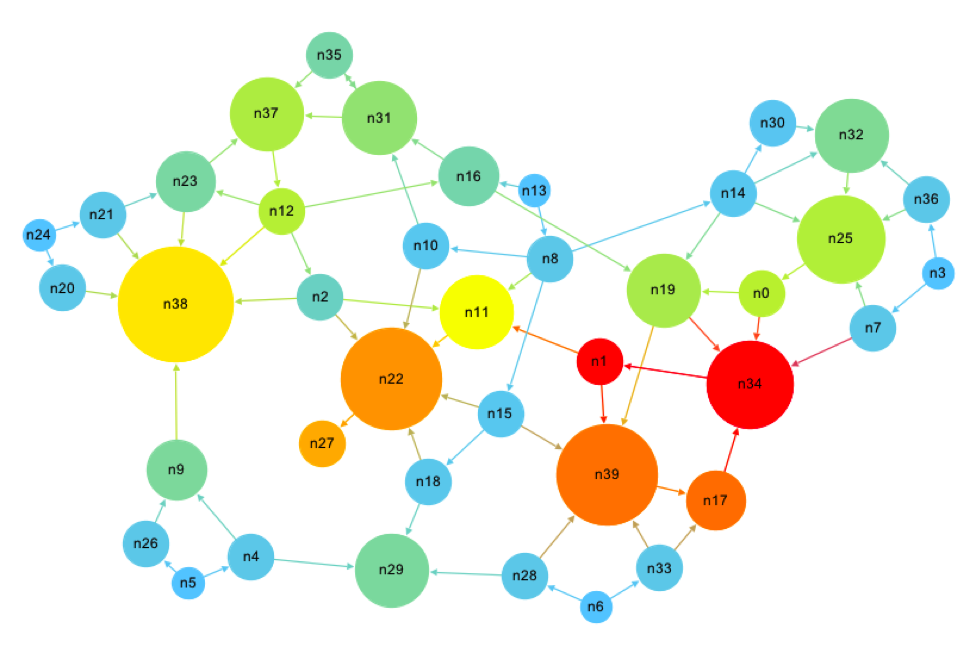Graphing The Internet Of Things
Today, the Internet is home to an unbelievable amount of data. According to Google, there are over 60 trillion individual pages on the Web. Indexing these pages amounts to over 100 million gigabytes of data. Despite these numbers, it is possible to search for something and find just what you need in well under a second. Graphs lie at the heart of this success, and in recent years the practical applications of graph theory have begun to spread beyond the Google search engine.
In the linked article, author Emil Eifrem argues that graphs are the best way to store and query large amounts of data. Two of the coolest examples backing this argument are Facebook’s Graph Search and Google’s Knowledge Graph. These systems share a common goal: provide responses to user queries that are tailored to the user and are as accurate as possible.
In Facebook’s case, Graph Search is a search engine that uses content from the user and the user’s friends, as well as the relationships between the user and his/her friends, in order to find the most relevant results. This method of searching works well because Facebook maps data and relationships between users in a social graph. Similarly, the Knowledge Graph aims to make Google’s search engine smarter by expanding search results to include closely related subjects, as well as links and information that other users found useful when performing a similar query. Taking a step back, how does Google manage to find relevant webpages in the first place? It isn’t any secret that the PageRank algorithm is the answer. By organizing pages in a graph and building connections based on the links that go from page to page, Google was able to build an amazingly efficient search engine.
Besides being used in search engines, graphs and graph databases have become efficient tools for storing and handling large, complex sets of data for many companies. Eifrem’s article and the projects/systems mentioned show how the concept of graph theory is applied in the real world. In lecture we discussed using graphs to determine where friendships are likely to form. As Eifrem mentions, graphs can go beyond this, answering questions like ‘What restaurants have my friends visited in Spain?’ or ‘Where did I leave my keys?’
[http://www.wired.com/2014/05/graph-theory-key-understanding-big-data-2/]

